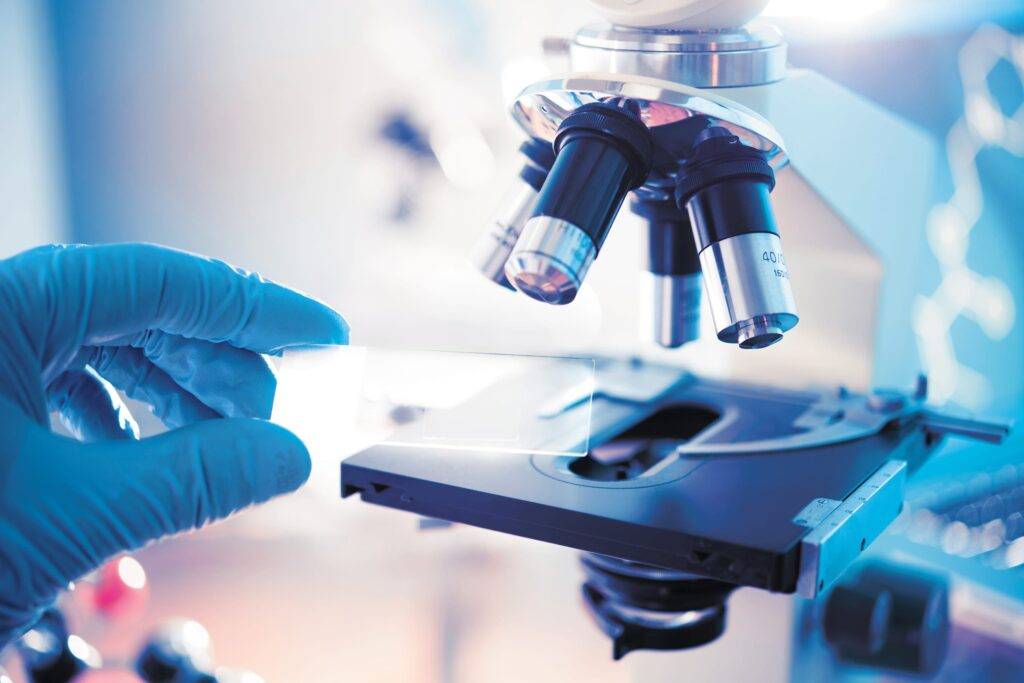
Life Science is a broad field that encompasses the study of living organisms, including their structure, function, development, and interactions. It covers various disciplines such as biology, biochemistry, genetics, ecology, and physiology. Here are a few key areas within Life Science:
Molecular Biology: Molecular biology focuses on the study of biological processes at the molecular level, including the structure and function of DNA, RNA, proteins, and other biomolecules. It investigates cellular processes such as DNA replication, transcription, translation, and gene regulation.
Genetics and Genomics: Genetics explores the inheritance and variation of traits in organisms. It involves the study of genes, genetic variation, and heredity. Genomics, on the other hand, involves analyzing and interpreting the entire set of genes (genome) in an organism or a population.
Cell Biology: Cell biology examines the structure and function of cells, which are the basic building blocks of life. It investigates cellular processes, organelles, cell division, cell signaling, and cell interactions.
Physiology: Physiology is the study of how living organisms function and maintain homeostasis. It includes the investigation of organ systems, such as the cardiovascular, respiratory, nervous, and endocrine systems, and their interactions within the body.
Ecology: Ecology focuses on the study of interactions between organisms and their environment. It explores topics such as population dynamics, community ecology, ecosystems, and conservation biology.
Evolutionary Biology: Evolutionary biology explores the processes of genetic change and adaptation over time. It investigates how species evolve, the mechanisms of natural selection, speciation, and the relationships between different organisms.
Biotechnology: Biotechnology involves the application of biological knowledge and techniques to develop new products, processes, and technologies. It includes areas such as genetic engineering, biopharmaceuticals, agricultural biotechnology, and bioinformatics.
Microbiology: Microbiology studies microorganisms, including bacteria, viruses, fungi, and protists. It investigates their structure, function, behavior, and their roles in various biological processes, such as infectious diseases, environmental interactions, and biotechnology applications.
Neurobiology: Neurobiology focuses on the study of the nervous system, including the structure and function of neurons, neural circuits, and brain processes. It explores areas like sensory perception, cognition, neurodevelopment, and neurological disorders.
Bioinformatics: Bioinformatics combines biology, computer science, and statistics to analyze and interpret biological data. It involves the development of algorithms, tools, and databases for storing, analyzing, and visualizing biological information, such as DNA sequences, protein structures, and gene expression data.
These areas within Life Science contribute to our understanding of living organisms, their behavior, and their interactions with the environment. They have significant implications for fields like medicine, agriculture, biotechnology, and environmental conservation.